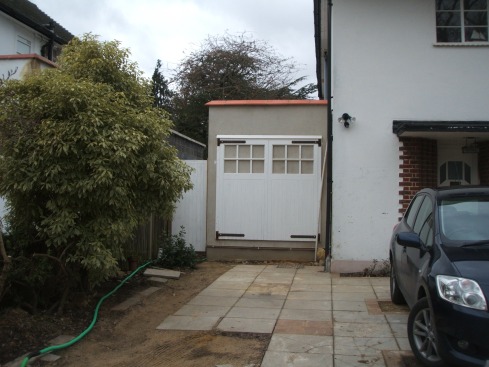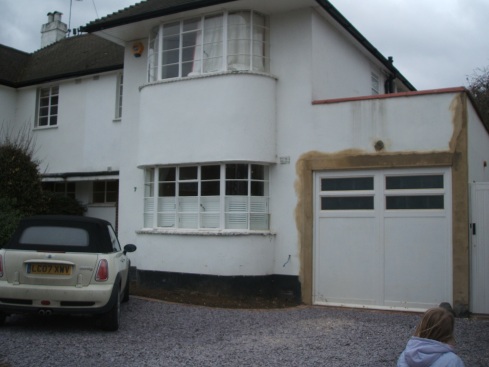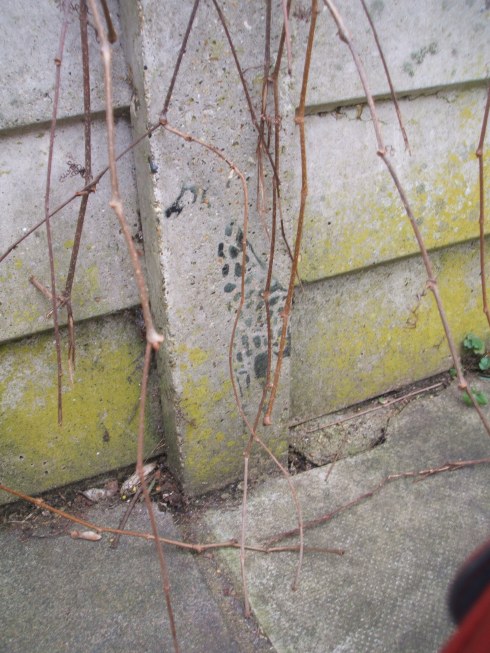I read ThinkinGardens and it tells me that UK gardens are conservative. Agreed. It is also reflected in the UK’s architecture. The built environment is held by a very conservative design shackle. Working example below.
I thought it was a fairly accepted notion amongst professional designers that it is not a good idea to make alterations to a historical anything without making a visual distinction between old and new. That is what we learned at Melbourne University, Australia..and that is pretty conservative anyway so I never ever thought it would be a controversial subject amongst design practioners. Wrong.
My first lesson in historical landscape treatments in the UK was upon consideration of tending for the public square outside Parliament House in London. The firm I was working for at the time looked at me like I had spoken of true evil when I suggested that perhaps we should consider a treatment that did NOT try to blend the alteration with the existing streetscape. Wow…….but how can this be?……Europe is just over there and they do insertion of ‘new’ in ‘old’ all the time ?…..some of the most exciting landscapes are created by this tension …..new ways of using space are developed.
What is going on – London is a hub for design and art?
Perhaps all the exciting stuff is happening behind walls – where there are less design laws.
I have been to a few open architecture days and am always surprised how the historical façades in London are kept pristine to maintain streetscape character – all the contemporary stuff is well concealed from the public gaze. Why can’t we see ‘Old’ and ‘New’ together. What is wrong with ‘New’?
– the town planners are very busy controlling whether a roof can be a pitch of 30 degrees or 50 degrees – god there are so many issues here – but I suspect the lack of a contemporary design response to gardens may be partly influenced by the unwieldy nature of the planning laws ….this leads me to my next point.
A new type of garden is evolving worldwide – and I wonder whether UK planning laws are flexible enough to allow it to occur naturally in the UK – its driven by the need to create sustainable urban living – we are seeing a convergence of architecture and plants – and I have already stumbled into a few planning problems whilst trying to install a green wall product (Woolly Pockets – a vertical planter that is attached to walls).
So if I am having this problem with these fairly harmless planters (that look fantastic) what other products that have the potential to update our urban spaces are hindered as well- what is happening with solar panels, water butts etc.
Are planning laws partly responsible for the demise of contemporary responses to domestic garden design? Thinking Gardens I reakon this topic is important to your discussion. People need to experiment, and people need to see those experiments to develop ideas. How can this be done when streetscapes that respond to a different social condition have to be kept intact?


















